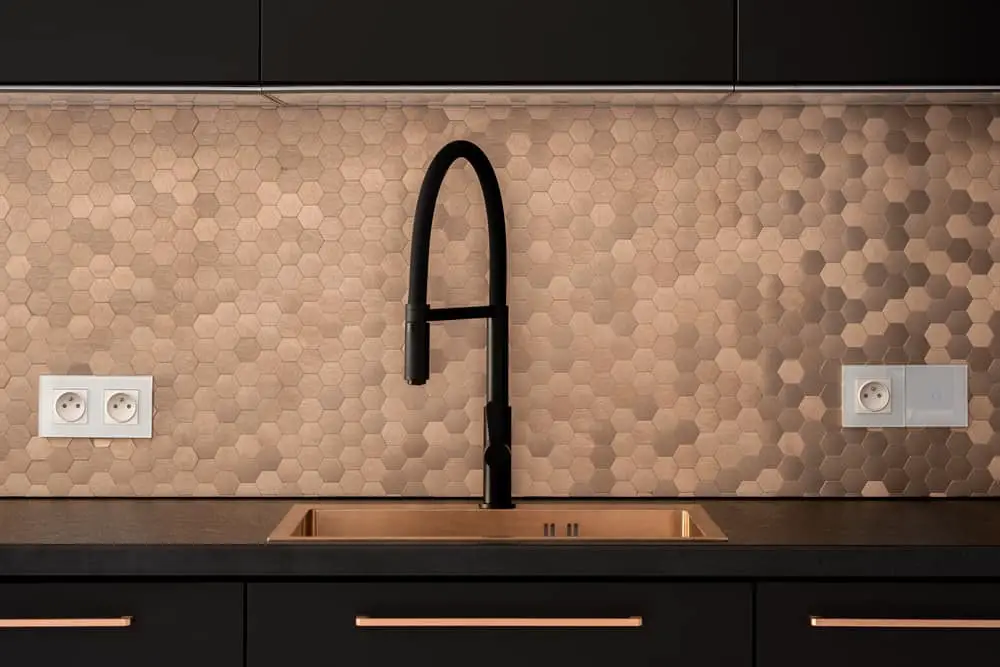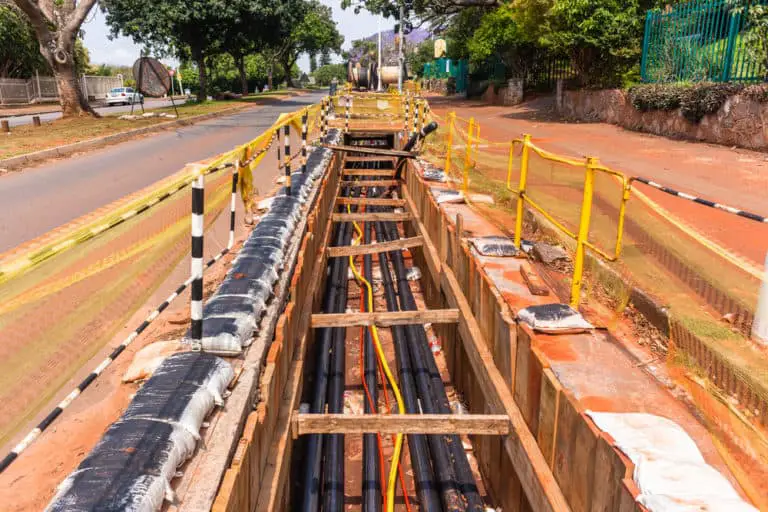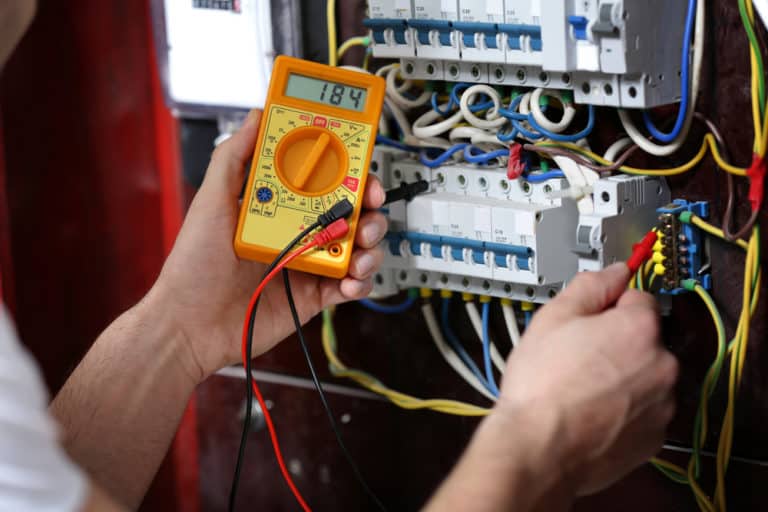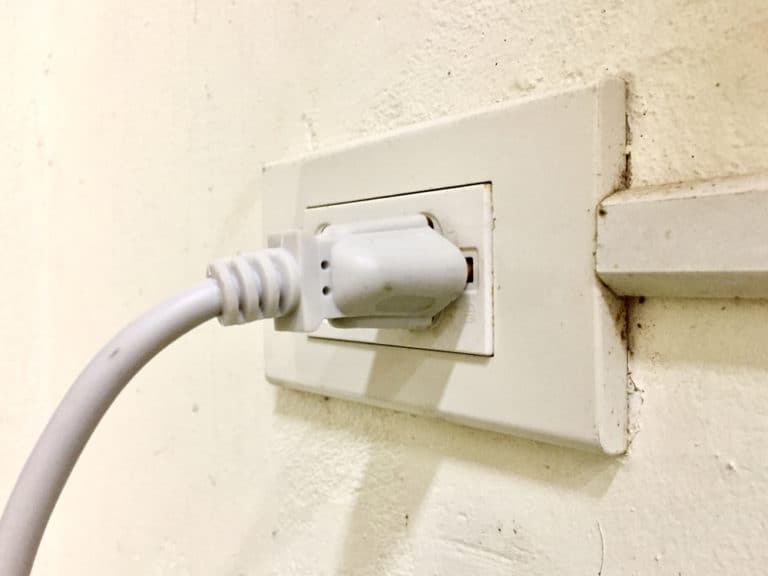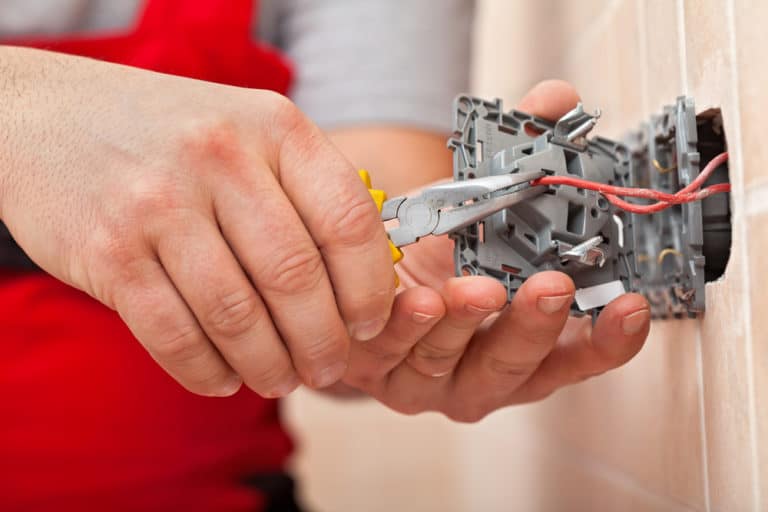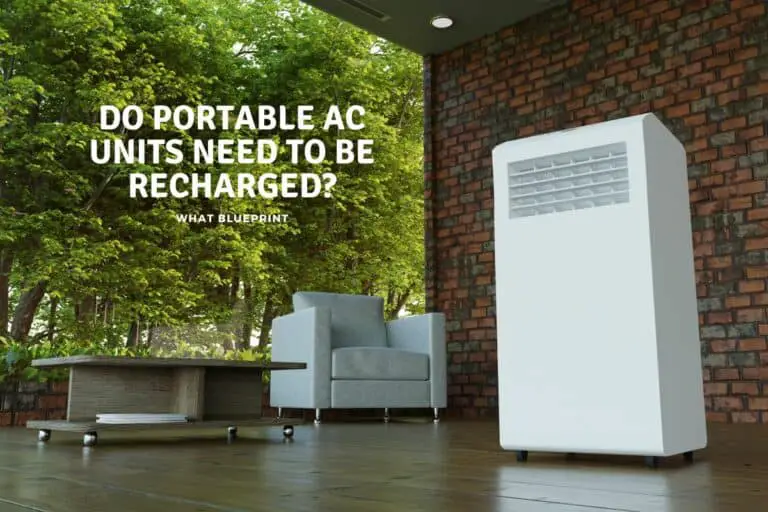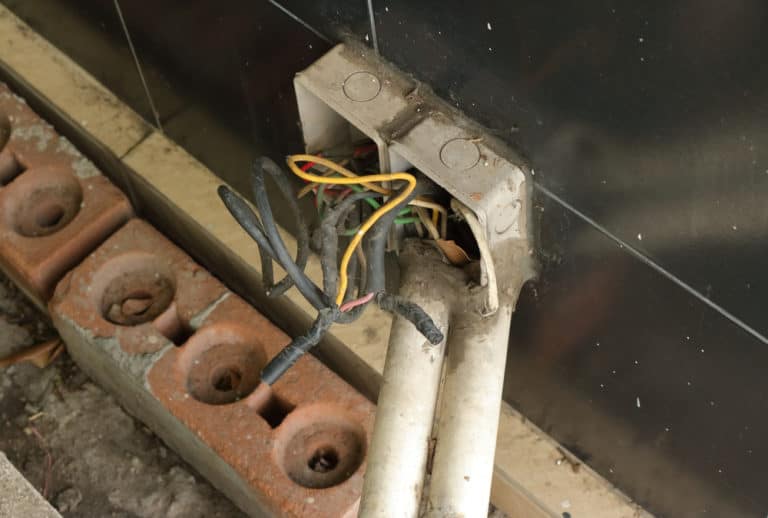Can An Outlet Be Above A Sink?
Whether you are purchasing a house with questionable positioning of electrical outlets or you are installing new outlets in a new home, the question of outlets above sinks may come up at some point. Rules and regulations can be unclear on this point, and safety is a major concern.
While it may not seem ideal from a safety point of view, electrical outlets are permitted to be installed above a sink. The NEC does not state that it is not allowed, but it states that there should be an outlet within 36” of the edge of the counter in a bathroom and within 24″ in a kitchen.
While there are no specific requirements regarding the height of an electrical receptacle above a sink, there are restrictions on how far away it can be in a bathroom and how far along the wall in a kitchen. With certain safety precautions, a receptacle above a sink ought not to pose a major health hazard.
Can An Outlet Be Above A Bathroom Sink?
According to the National Electrical Code, “In dwelling units, at least one receptacle outlet shall be installed in bathrooms within three feet of the outside edge of each basin. The receptacle shall be located on a wall or partition that is adjacent to the basin or countertop, or installed on the side or face of the basin cabinet not more than twelve inches below the countertop”.
The National Electrical Code does not have a specific requirement with regards to the height of a receptacle above a vanity. The reasons for this are unknown, but this can create some confusion as to what can and can’t be done.
The only requirement stipulated by the NEC is that every bathroom must have one outlet, and this outlet must be placed within 36” of the outside edge of the sink. The National Electric Code also stipulates that the outlet should be in the wall adjacent to the basin or counter.
The outlet must be a GFCI and can be placed directly behind/above the sink or beside the sink. According to the code, it’s not acceptable to place the outlet across from the sink on the opposite side of the bathroom.
GFCI stands for ground-fault circuit interrupter, a type of outlet designed to be used in areas near water such as bathrooms or areas exposed to rain. These outlets essentially exist to protect people from electrical shock.
While it is permissible to have additional outlets placed wherever you may see fit, there must be at least one outlet that meets the abovementioned requirements and is situated within the required distance.
If there are two sinks in a bathroom, there must be an electrical receptacle placed within three feet of each of them. This may involve placing the outlet between the two sinks or installing a separate outlet for each sink.
All outlets installed in a bathroom must be placed on a dedicated circuit. This circuit must be completely separate from that of the lights, and all receptacles on it must be sufficiently ground-fault protected.
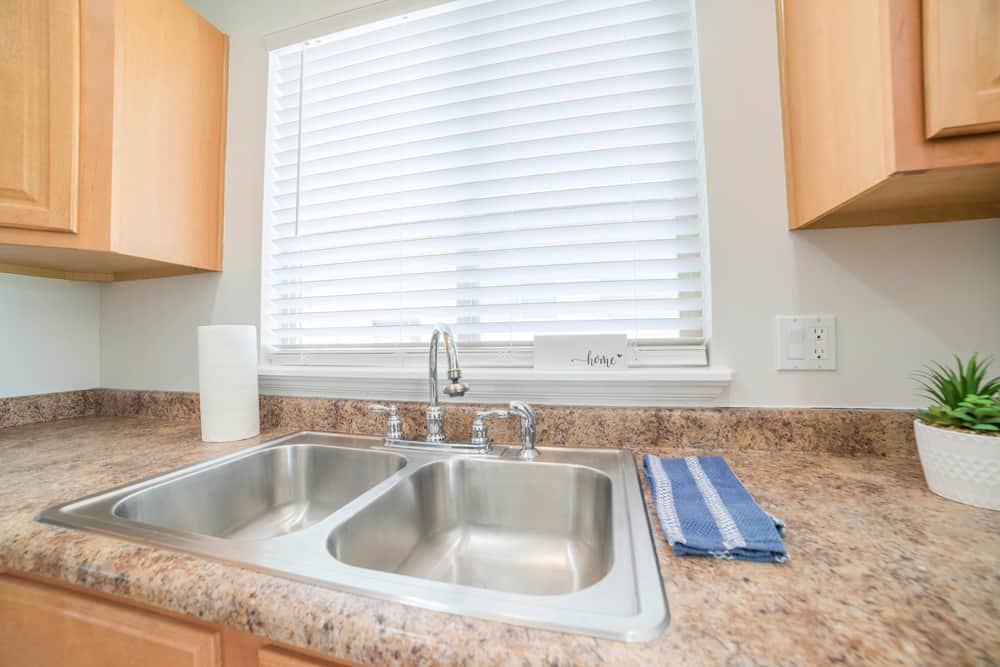
Can An Outlet Be Above A Kitchen Sink?
When it comes to outlets in kitchens, the rules differ slightly, but the essential principles remain the same. The National Electrical Code states that there should be no point on a wall further than 2 feet away from an electrical outlet in any direction.
This differs when referring to outlets above the kitchen sink, as the outlets should be two feet from either side of the sink in this instance, with a total of four feet between them.
When referring to the heights of electrical outlets in kitchens, they cannot be installed more than 12” below the counter. Electrical receptacles required for countertops may be installed below the counter level for a number of reasons.
Kitchens that need to accommodate the physically impaired may have the need to install receptacles below counter level to ensure that these individuals will be able to make use of the kitchen spaces without difficulty.
These below-counter receptacles may also be required in instances where there is no wall space above a counter, such as at a kitchen island. Again, the receptacles should be installed no lower than twelve inches below counter level and cannot extend more than six inches horizontally from the counter’s edge.
Electrical receptacles are not permitted to be installed in the countertop itself as this can pose an electrical hazard. The only way in which you can have outlets in the countertop is if you install a specifically-designed pop-up type of receptacle that is rated for this type of use.
How Do Ground-Fault Circuit Interrupter Units Work?
GFCI outlets were created to protect individuals from being injured due to electrical shock. These units differ greatly from a typical house fuse. Fuses protect buildings from electrical fires. In the event that a hot wire touches a neutral wire, a huge amount of current will continue to flow through, and it will start heating up quickly. Fuses exist to burn more quickly than the wires do, burning out completely before the wire is able to start a fire.
GFCI units are integrated into the unit itself. This technology works by monitoring the amount of power that is sent to the device itself. If the device in question is a hairdryer, for example, and the hairdryer is accidentally dropped into the sink while in use, the GFCI will notice the circuit interruption, and it will automatically cut the power instantaneously.
Conclusion
While it may not be against regulation to install electrical outlets directly above a sink, there are certain precautions that need to be taken in order to ensure that the outlet does not pose a hazard to those who may attempt to use it.
By using only GFCI outlets and exercising caution as to how close they are situated to the water, you will be assured of a bathroom or kitchen sans the potential for electrical shock. It’s also important to remember to ensure that the receptacles are on a dedicated circuit separate from the lights.
Sources
- https://www.houzz.com/discussions/2587985/where-to-put-the-required-outlet-by-the-sink
- https://forum.nachi.org/t/gfci-over-sink/49785
- https://diy.stackexchange.com/questions/70054/electrical-outlet-right-above-sink
- https://homeguides.sfgate.com/far-electricity-need-sink-83084.html
- https://homeguides.sfgate.com/high-install-outlet-above-bathroom-vanity-94344.html

